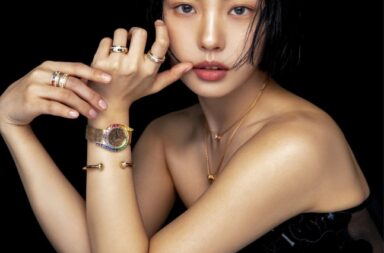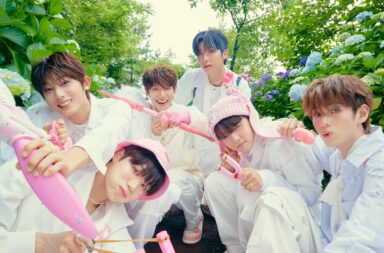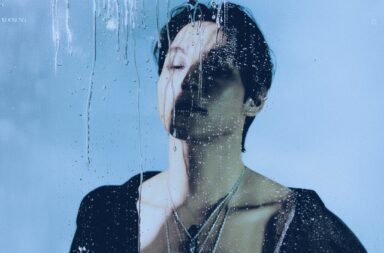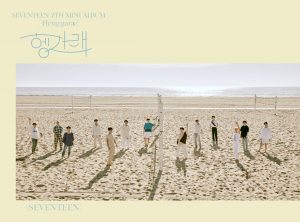
Released in the wake of the conclusion of their docu-series, Hit the Road, Seventeen are back with their seventh mini-album, Heng:garae. The meaning of henggarae gives much insight into the story Seventeen tell with this album, and it embodies who they are as a group. “Henggarae” is when several people throw someone else into the air to celebrate, which Seventeen literally do with Hoshi in the MV for “Left & Right.”
In An Ode, the group exposes some of their deepest fears as artists and as people. Heng:garae does not necessarily say that those fears do not still exist, but shows that Seventeen now know they can rise above them. Their latest mini-album balances out the fears they disclosed in An Ode with the good they have around them—because they do have reasons to celebrate, namely each other.
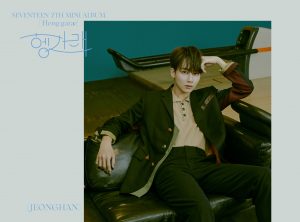
“Fearless” starts off the mini, a complete contrast with their title track of An Ode, “Fear.” Seventeen has overcome the fear they expressed in their last album. They assert their confidence with a chant-like opening featuring strong drum beats, snares, and clapping effects. “Fearless” exudes power through a darker tone similar to that of “Fear” and “Hit,” and their stage of the song has a similar aesthetic to these as well). Seventeen furthers connects “Fearless” to “Fear” by keeping Jeonghan’s highlight phrase from the latter where the instrumentals cut out and he almost whispers the line. These songs are the two sides of the same coin.
In their title track of An Ode, Seventeen experience their fear completely taking over who they are, effectively becoming, in their words, “poison.” As the opening line, sung by Wonwoo, goes:
You must erase you memories of me, I’m poison
I know I can’t take it no more
The lines of “Fearless” acknowledge that they were afraid, but they can take that fear and overcome it. In a way, it can propel you through life because you will encounter fear and need to push through it in some way.
When you go beyond the limit yeah
Remember the wound
I was scared yesterdayToday, nobody knows
Yeah, take poison and wake up
I’ll go a little farther
“Left and Right,” the title song of Heng:garae, continues that strain of moving past fear, and wholeheartedly embodies Seventeen. They address their struggles, as well as those of youth, with their notable fresh and positive energy through the catchy “left and right” hook. It is a bouncy song disguising the pressure of making a decision, which is only furthered with the bright MV.
Arguably, the choreography is the best part of the song as it was created for others to join in the fun with relatively simple gestures–otherwise, the track and its repetition can get a little tiring. The group created the #LeftRightChallenge, which all of the members participated in on their Instagram. Hoshi and DK, naturally, took the lyrics in a different direction by comically struggling to decide whether they wanted cola or soda and jjajangmyeon or jjamppong.
Seventeen experiment with “I Wish,” which causes this song to stand out musically although the story of this track is nothing new—their feelings are not reciprocated by the person they love.
(In my time)
I only have one dream
(In your time)
A lot of dreams live by your side(In our time)
A brighter morning will find its way to us
I count the stars while I think of that
And it’s nothing but another painful night
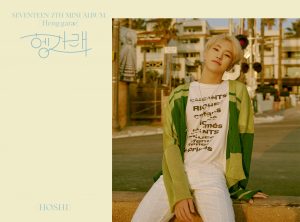
Heavily inspired by R&B and incorporating a gorgeous saxophone phrase, “I Wish” also includes other unexpected elements like an electronic piano solo and whispers of flute behind the melody. Hoshi’s smooth vocals open the track, setting an automatic mood. More of a pop beat is introduced later, which is a little unfortunate because this emphasis starts to drown out the slick R&B sound they started out with. It would have been interesting to see what they could have produced if they stuck with the original mellow and laid back instrumentals.
Just as “Hit” was released prior to “Fear” and An Ode, “My My” and its MV precedes Heng:garae. The comfort Seventeen brings with this mini really begins to shine with this track, starting with its hook, a synthetic phrase that is familiar yet new. The group sings of the journey of pursuing one’s dream, which leans into the subtitle of Heng:garae, ”Journey of Youth.”
Fly over the sea
Spread our wings of dreams
The weight of happiness
Can’t be measured by anyone
No need to rush, you’re doing fine
Just stay as you are
My journey starts with me
“My My” highlights the powerful voices (and ranges) as well as the airier tones of Joshua and Jeonghan, along with the control each of them possess. The strength of Woozi’s vocals, in particular, are notable when he sings the first chorus and when the hook, at its peak, fades out. When paired with the visuals of the MV, “My My” creates a similar feeling of familiarity and closeness that Seventeen’s “Our Dawn is Hotter than Day” and You Make My Day achieved two years ago.
While Seventeen are well-known for their tight and energetic choreographies, their emotional songs of comfort add equal weight to their diverse discography. Even without seeing the lyrics, one can sense that “Kidult” (a combination of kid + adult) is one of those Seventeen emotional hard hitters. Co-written by S.Coups, Vernon, and Woozi, this track speaks of the feeling of knowing that you are grown up, but yet still feel like a child. You cry like a kid, but you have to pick yourself back up and laugh because you are an adult.
As S.Coups mentions in the SVT Leader commentary video, “Instead of just comforting them superficially, we wanted to give comfort by forming a consensus and by truly understanding [those who feel like ‘kidults’].” This sentiment comes through in the swelling chorus of “Kidult”:
It’s okay.
Your world is fine.
You are who you are
It’s precious and precious
Stay here with meAfter laughing like a grown-up
Even when crying like a child
We look alike. We’re together
Just the way you are
Like a grown-up child

Seventeen do not try to give advice in the face of these struggles or say anything that invalidates these emotions and the growing pains. In true Seventeen fashion, they reach out a hand of comfort because they understand. You do not have to change who you are.
DK’s vocal range and the control he has over his voice—particularly with his falsetto—is showcased in “Kidult” as well. He slides in and out of his falsetto with apparent ease (although he, according to S.Coups, had a very tough time recording the guide) after belting out high notes with his full voice.
The “woahs” leading into the bridge may get tiring for some (or may be disappointing), but it provokes a heart-warming image of all the members together in the studio recording that section. It also strikes me as a perfect song for the set list of a future Seventeen concert. Regardless, the message is clear in both the emotional lyrics and the conviction behind the vocal delivery.

The last song, “Together,” brings a satisfying conclusion to Heng:garae. Seventeen continues with a more rock-inspired sound that emerged in “Kidult”—although the lyrics and voices stood out more in the latter over the instrumentals. The opening creates a neat listening experience by beginning with a sharper and lighter drumbeat. The song then introduces a trill of strings to lead back into the drums again and a new synthetic element that plays over the beat.
“Together,” in Woozi’s words, is Seventeen’s “ode to youth.” Just as “Fearless” forms a connection with “Fear,” “Together” has closed the circle between the transition of An Ode to Heng:garae. Seventeen, yet again, comforts. Sometimes life does not go as planned, and there are so many decisions to be made, but they will be there by your side:
Even though my every day doesn’t go to my own accord and becomes blurry like smoke
There are many paths in front of me
Even if the world revolves the other way
We won’t lose our way
And we will walk it properlyLet’s go together
As Seventeen reach out a hand, they emphasize the strength in togetherness. They end Heng:garae on a note well-known to Seventeen as a group: positivity and hope.

The cover image of their mini album reflects all that the members explored in it. Those who see this image are invited into an intimate moment that speaks to the casual nature of Seventeen. They gather around a fire, letting viewers think of late summer nights where the members talk and laugh, not wanting to head to bed quite yet, because they want to spend more time together, regardless that they will all see each other again in the morning.
Maybe they are celebrating something, which could link to the title choice of Heng:garae; maybe they are not. Or maybe it is not a formal celebration, but it could be seen as one because Seventeen is still Seventeen—they have been together for five years—and they were able to share their art with the world once again.
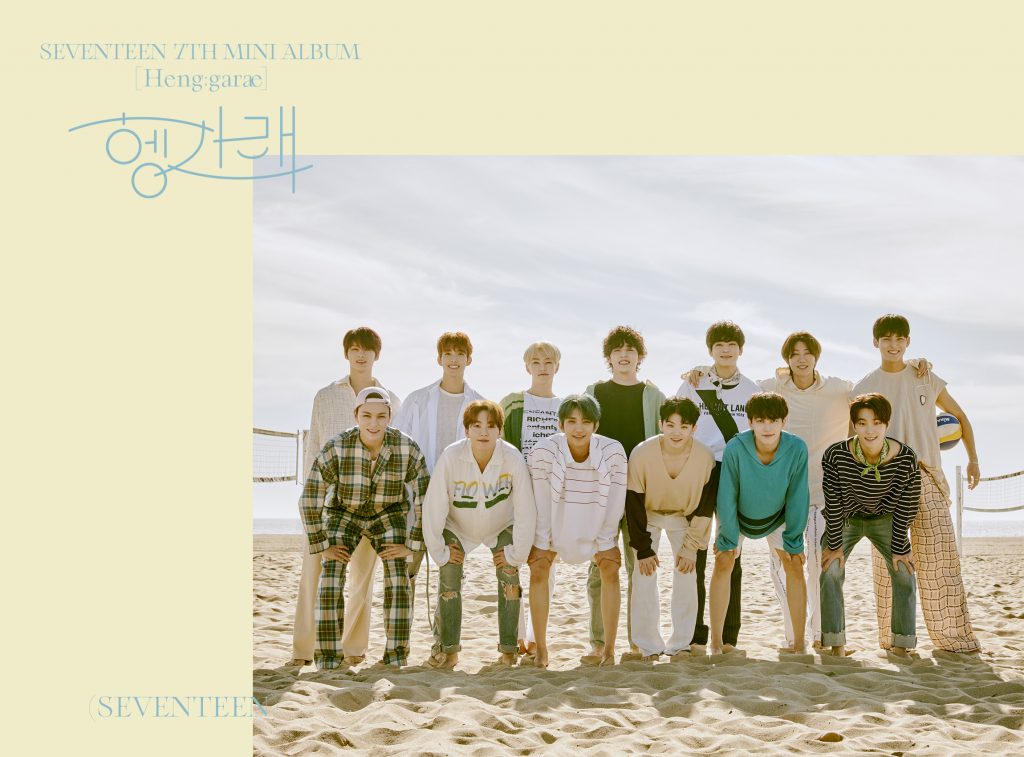
Heng:garae showcases Seventeen’s experimental side as they play with musical textures, especially with “I Wish,” “My My,” and “Together,” which allows listeners to have a fun and varied experience as well. Seventeen’s lyrics also tend to be deeply personal, and Heng:garae does not disappoint in that area. They cover a wide range of emotions–some of which are understated or hidden–but balance it all with sparks of joy.
With Heng:garae, Seventeen is together—lyrically, physically, and visually. In fact, it is interesting to note that there are no unit songs on this mini. But, most importantly, while they gain strength from being a group, they reach out to give listeners the same comfort of being supported and being together with others.
(YouTube[1][2]. Korean Dictionary. Lyrics via Genius Lyrics and LyricsKpop[1][2][3]. Images via Pledis Entertainment.)
